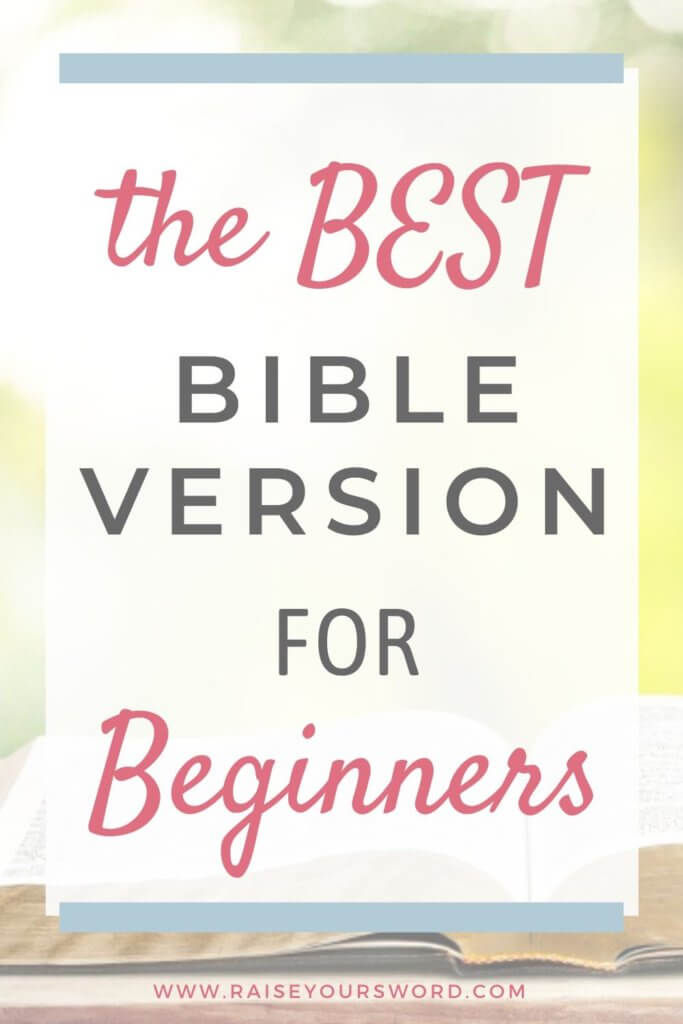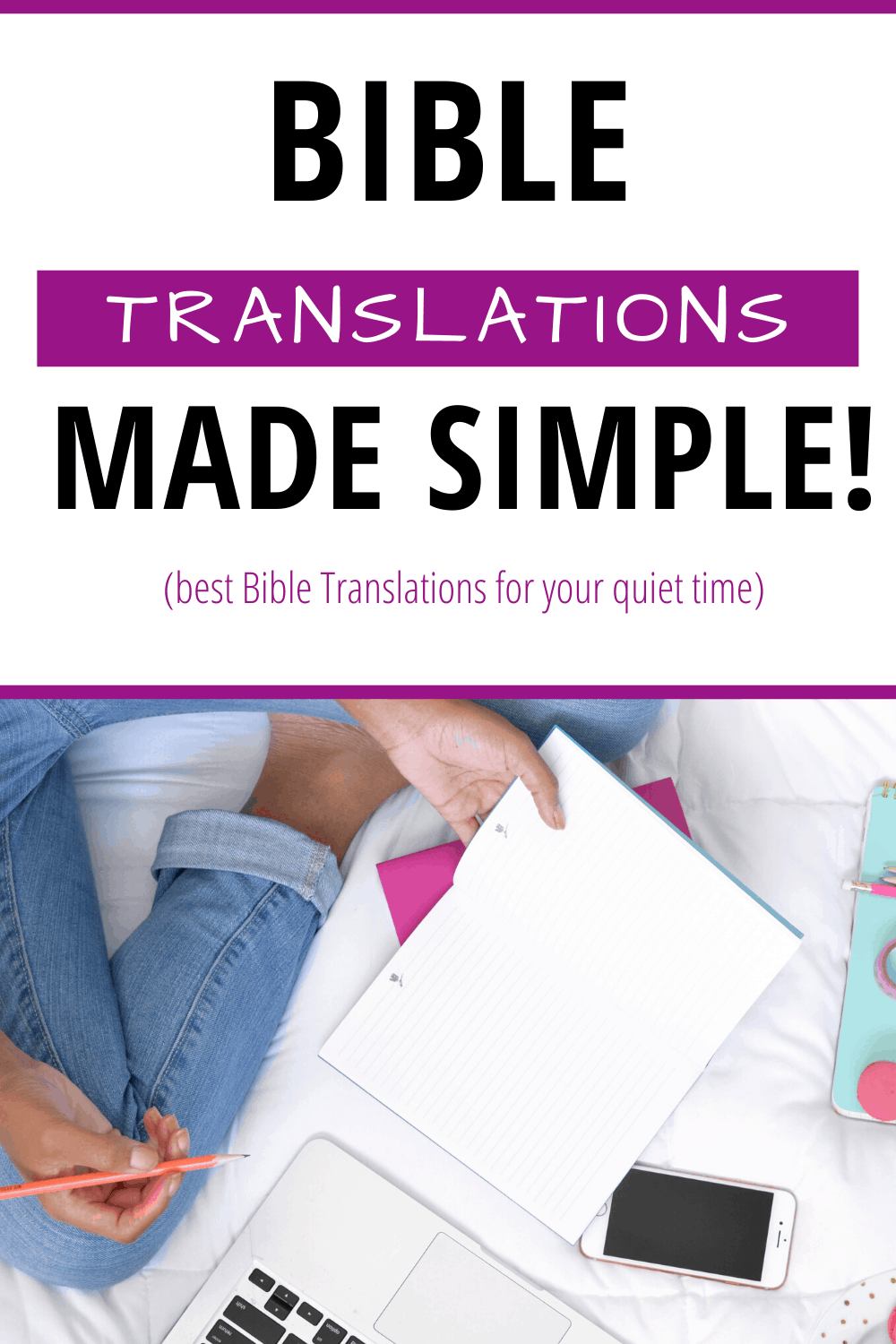Don’t miss this What Is The Easiest Translation Of The Bible To Understand article containing the interesting information you’re looking for, all carefully summarized by us.

What is the Easiest Translation of the Bible to Understand?
As a devout Christian, I have always yearned to delve into the profound wisdom of the Bible. However, the archaic language and complex prose often proved to be a formidable barrier. My quest for an accessible and comprehensible translation led me on a transformative journey through the hallowed halls of Christian literature.
Modern English Versions for Clarity
With the advent of modern English translations, the Bible has become more approachable than ever before. These versions employ contemporary language, steering clear of the antiquated vocabulary and convoluted sentence structures of older translations. By retaining the essence of the original text while using familiar and relatable language, modern versions bridge the linguistic gap, making the Bible’s teachings readily accessible to modern readers.
The New International Version (NIV): A Comprehensive Choice
Among the myriad of modern English translations, the New International Version (NIV) stands out as a comprehensive and highly regarded translation. It strikes a delicate balance between textual accuracy and readability, faithfully conveying the original meaning while employing clear and concise language. With its wide acceptance among scholars and laypeople alike, the NIV offers a comprehensive understanding of the Bible’s rich tapestry of stories, teachings, and prophecies.
The NIV’s user-friendly format enhances its readability. Verse numbers are prominently displayed, facilitating easy navigation. Additionally, the inclusion of footnotes and cross-references provides valuable insights and contextual information, enriching the reader’s understanding of the text.
The English Standard Version (ESV): Faithful to the Original
Another highly esteemed modern English translation is the English Standard Version (ESV). Recognized for its exceptional faithfulness to the original Hebrew and Greek texts, the ESV adheres closely to the wording and syntax of the source material. This commitment to textual accuracy ensures that the nuances of the original text are meticulously preserved.
The ESV’s scholarly approach is evident in its language, which leans towards a more formal and literal style. This fidelity to the original may necessitate a slower reading pace but rewards the reader with a profound comprehension of the Bible’s words. The ESV is an invaluable tool for serious Bible students seeking to grasp the depth and richness of the original text.
The New King James Version (NKJV): Reverent and Poetic
The New King James Version (NKJV) stands as a testament to the enduring power and beauty of the traditional King James Version (KJV). Faithfully capturing the majestic prose and lyrical quality of its predecessor, the NKJV updates the language while retaining the reverence and poetic nuances that have endeared the KJV to countless readers for centuries.
The NKJV’s language is more accessible than the KJV without sacrificing the gravitas of the original. Its harmonious rhythm and flowing language evoke a sense of awe and inspiration, making it a joy to read aloud or meditate upon. The NKJV is a compelling choice for those seeking a translation that combines the beauty of the KJV with the clarity of modern language.
Tips for Choosing the Right Translation
Selecting the most suitable Bible translation depends on individual preferences and reading goals. Here are some expert tips to guide your decision:
- Consider your reading style: Do you prefer a more formal or informal tone? Do you value literalness or readability?
- Determine your purpose: Are you seeking a translation for daily devotions, in-depth study, or public reading?
- Seek recommendations: Consult with pastors, Bible teachers, or fellow Christians for their experiences and insights.
- Preview different translations: Read a few passages from various versions to discern which one resonates with you the most.
Frequently Asked Questions about Bible Translations
Q: What is the difference between a paraphrase and a translation?
- A: A paraphrase rewords the Bible’s text in simpler language, focusing on conveying the overall message rather than adhering strictly to the original wording. A translation, on the other hand, aims to render the original text as faithfully as possible, preserving the nuances of the language and meaning.
Q: Are there any Bible translations designed specifically for children?
- A: Yes, numerous Bible translations are tailored for children, employing accessible language, engaging illustrations, and interactive elements to make the Bible’s teachings relatable and enjoyable.
Q: Is it important to have a printed Bible or can I rely on digital versions?
- A: Both printed and digital Bibles offer advantages. Printed Bibles provide a tangible connection to the text, while digital versions offer portability, search functionality, and access to supplementary resources. Ultimately, the choice depends on personal preference and convenience.
Conclusion
Choosing the right Bible translation can enhance your understanding and appreciation of God’s Word. By exploring the options presented here and considering the expert advice provided, you can select the translation that best aligns with your reading style, purpose, and spiritual journey.
To further engage with this topic, consider exploring online forums, joining a Bible study group, or consulting with a trusted mentor. May your pursuit of biblical knowledge be a transformative and enriching experience.

Image: www.rocksolidfaith.ca
What Is The Easiest Translation Of The Bible To Understand has been read by you on our site. We express our gratitude for your visit, and we hope this article is beneficial for you.